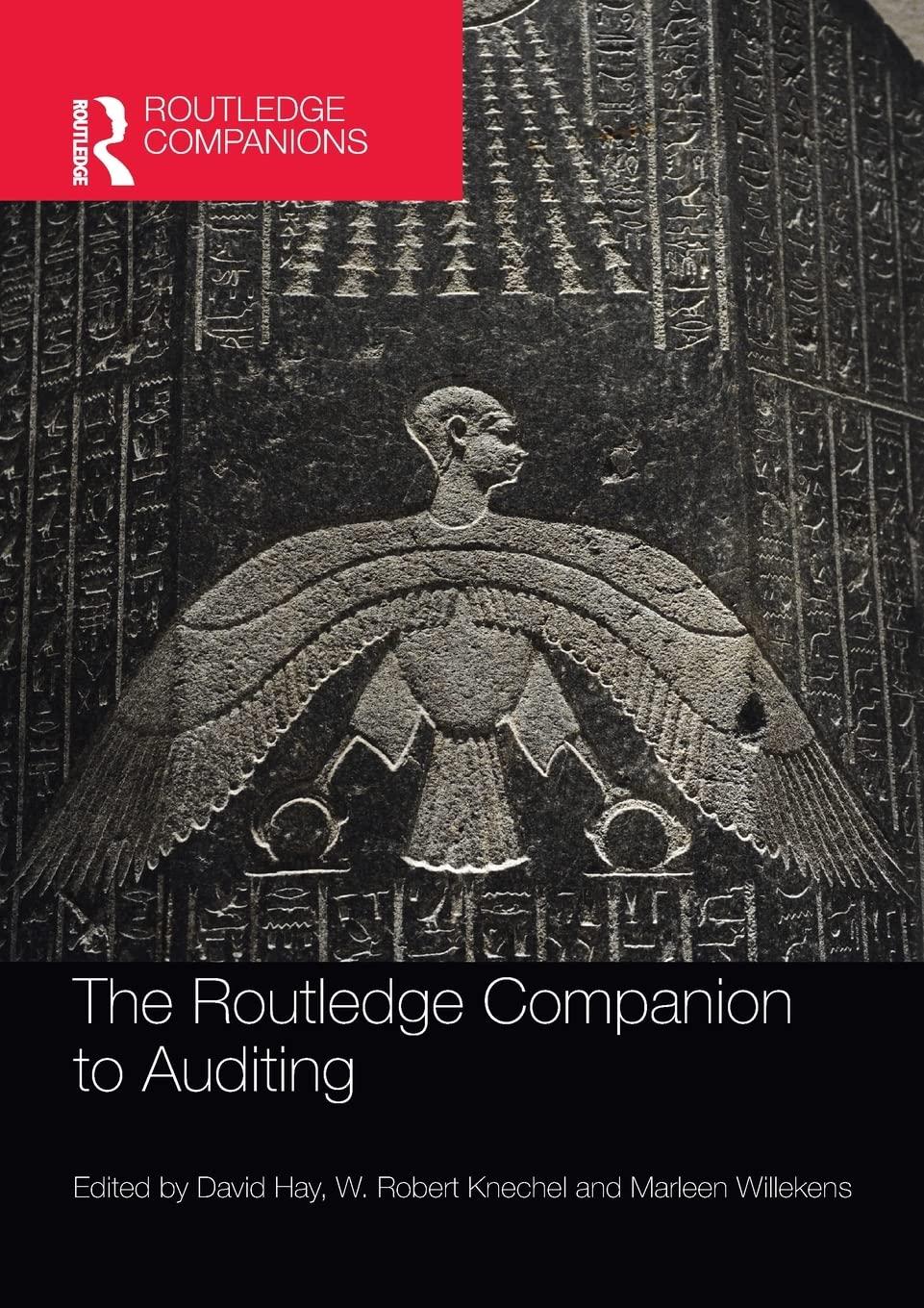Question
Activity-Based Costing and Product Cost Distortion Handbrain Inc. is considering a change to activity-based product costing. The company produces two products, cell phones and tablet
Activity-Based Costing and Product Cost Distortion
Handbrain Inc. is considering a change to activity-based product costing. The company produces two products, cell phones and tablet PCs, in a single production department. The production department is estimated to require 4,000 direct labor hours. The total indirect labor is budgeted to be $462,400.
Time records from indirect labor employees revealed that they spent 40% of their time setting up production runs and 60% of their time supporting actual production.
The following information about cell phones and tablet PCs was determined from the corporate records:
Number of SetupsDirect Labor HoursUnits
Cell phones500 2,000 68,000
Tablet PCs1,100 2,000 68,000
Total1,600 4,000 136,000
If required, round your answers to the nearest cent.
a. Determine the indirect labor cost per unit allocated to cell phones and tablet PCs under a single plantwide factory overhead rate system using the direct labor hours as the allocation base.
Cell phones$ per unit
Tablet PCs$ per unit
b. Determine the budgeted activity costs and activity rates for the indirect labor under activity-based costing. Assume two activitiesone for setup and the other for production support.
Budgeted Activity CostActivity Rate
Setup$$per setup
Production support$$per direct labor hour
c. Determine the activity cost per unit for indirect labor allocated to each product under activity-based costing.
Cell phones$ per unit
Tablet PCs$ per unit
d. Why are the per-unit allocated costs in (a) different from the per-unit activity cost assigned to the products in (c)?
The per-unit indirect labor costs in (a) are distorted because setup activity is consumed by the products in a different ratio from the direct labor. The activity-based costing method results in the product with the larger number of setups receiving a larger portion of the setup activity cost. The single-rate system allocates overhead only on the basis of direct labor hours. Since the direct labor hours are equal for each product, the allocated indirect labor will also be equal.
Feedback
a. Calculate:
Total Indirect Labor Costs Total Direct Labor Hours = Overhead Rate
Overhead Rate x Direct Labor Hours per Product = Indirect Labor Cost per Product; Indirect Labor Cost per Product Units = Indirect Labor Cost per Unit
b. Percentage of Time on Activity x Total Indirect Labor = Budgeted Activity Cost per Activity; Divide the Budgeted activity cost by activity base to obtain the activity rate.
c. Calculate for each product:
Activity-Base Usage for each Activity x Activity Rate from (b) = Activity Cost; Add both activity costs per product to obtain the total costs; Divide the total cost per product by the number of units to obtain activity cost per unit.
Step by Step Solution
There are 3 Steps involved in it
Step: 1

Get Instant Access to Expert-Tailored Solutions
See step-by-step solutions with expert insights and AI powered tools for academic success
Step: 2

Step: 3

Ace Your Homework with AI
Get the answers you need in no time with our AI-driven, step-by-step assistance
Get Started


